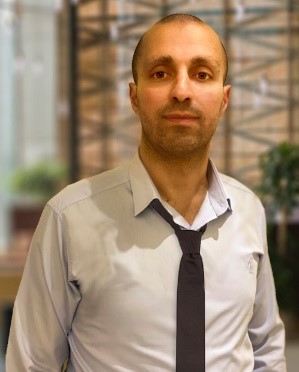
Hayssam Dahrouj
King Abdullah University of Science and Technology (KAUST), KSA
On the Deployment of Reconfigurable Intelligent Surfaces at the Terahertz Bands: Prospects and Challenges
Abstract
TBA...
Biography
Hayssam Dahrouj received his B.E. degree (with high distinction) in computer and communications engineering from the American University of Beirut (AUB), Lebanon, in 2005, and his Ph.D. degree in electrical and computer engineering from the University of Toronto (UofT), Canada, in 2010. In July 2020, he joined the Center of Excellence for NEOM Research at King Abdullah University of Science and Technology (KAUST) as a senior research scientist. From June 2015 to June 2020, he was with the Department of Electrical and Computer Engineering at Effat University as an assistant professor, and as a visiting scholar at the Computer, Electrical and Mathematical Sciences and Engineering (CEMSE) division at KAUST, where he also was a research associate between April 2014 and May 2015. Prior to joining KAUST, he was an industrial postdoctoral fellow at the University of Toronto, in collaboration with BLiNQ Networks Inc., Kanata, Canada, where he worked on developing practical solutions for the design of non-line-of sight wireless backhaul networks. His contributions to the field led to five patents. During his doctoral studies at the University of Toronto, he pioneered the idea of coordinated beamforming as a means of minimizing intercell interference across multiple base stations. The journal paper on this subject was ranked second in the 2013 IEEE Marconi paper awards in wireless communications. Dr. Dahrouj is the recipient of both the faculty award of excellence in research, and the faculty award of excellence in teaching (at the university level) in May 2017. He is a senior member of the IEEE, an associate editor of the Frontiers in Communications and Networks, and a lead-guest editor of the Frontiers special issue on Resource Allocation in Cloud-Radio Access Networks and Fog-Radio Access Networks for B5G Systems. His main research interests include 6G wireless systems, cloud- and fog-radio access networks, cross-layer optimization, cooperative networks, convex optimization, machine learning, distributed algorithms, and optical communications.